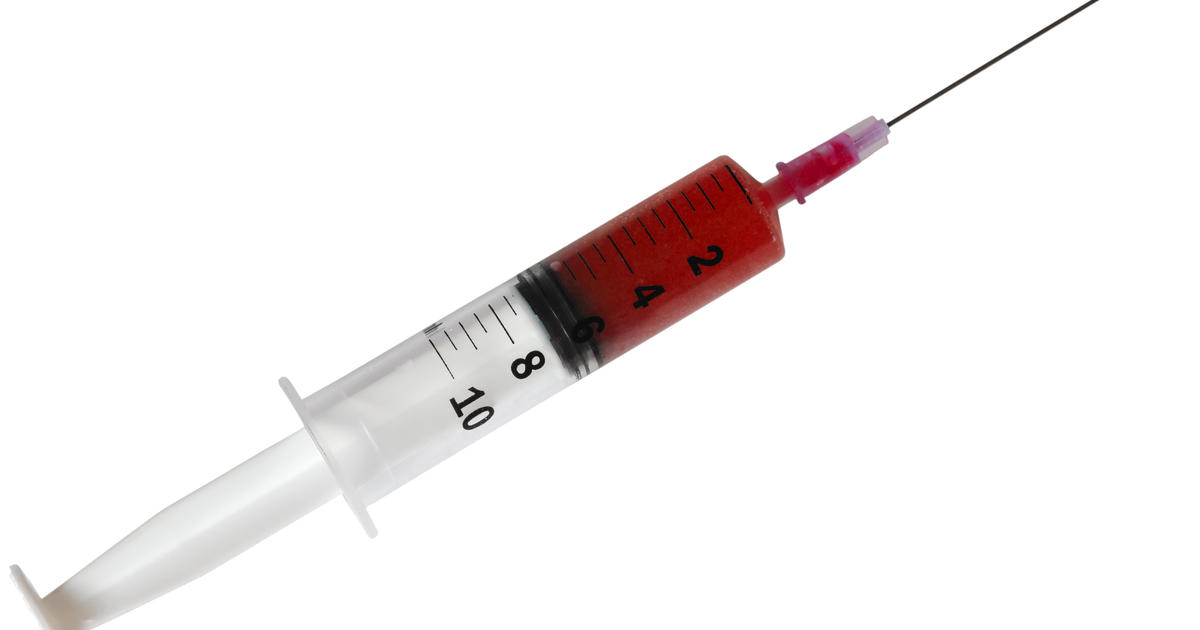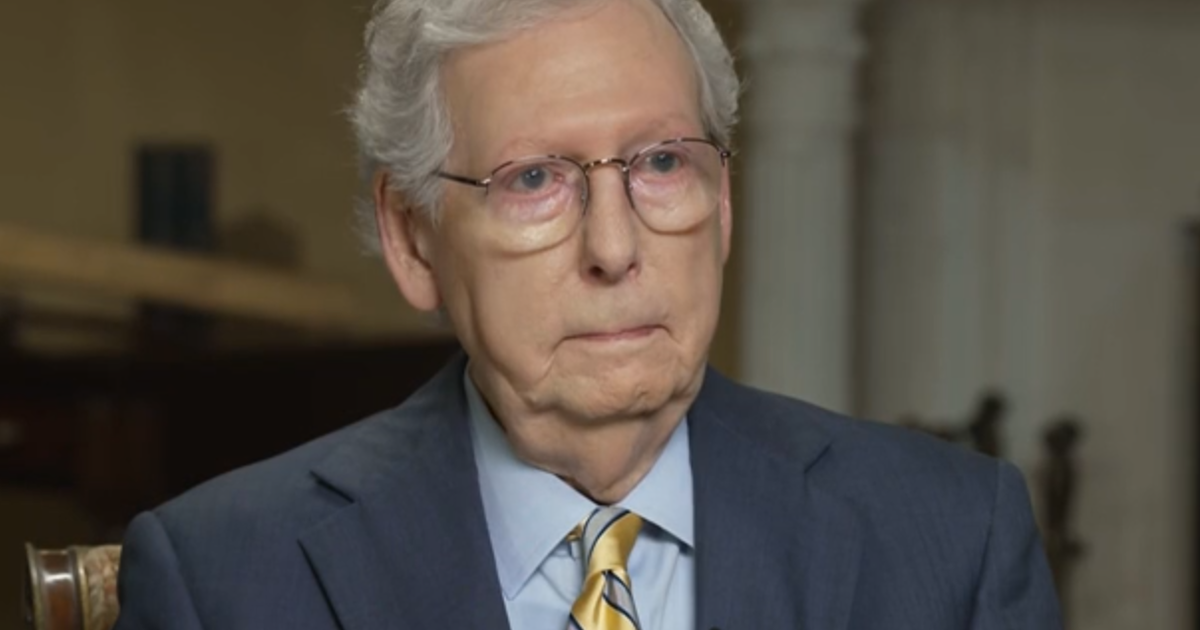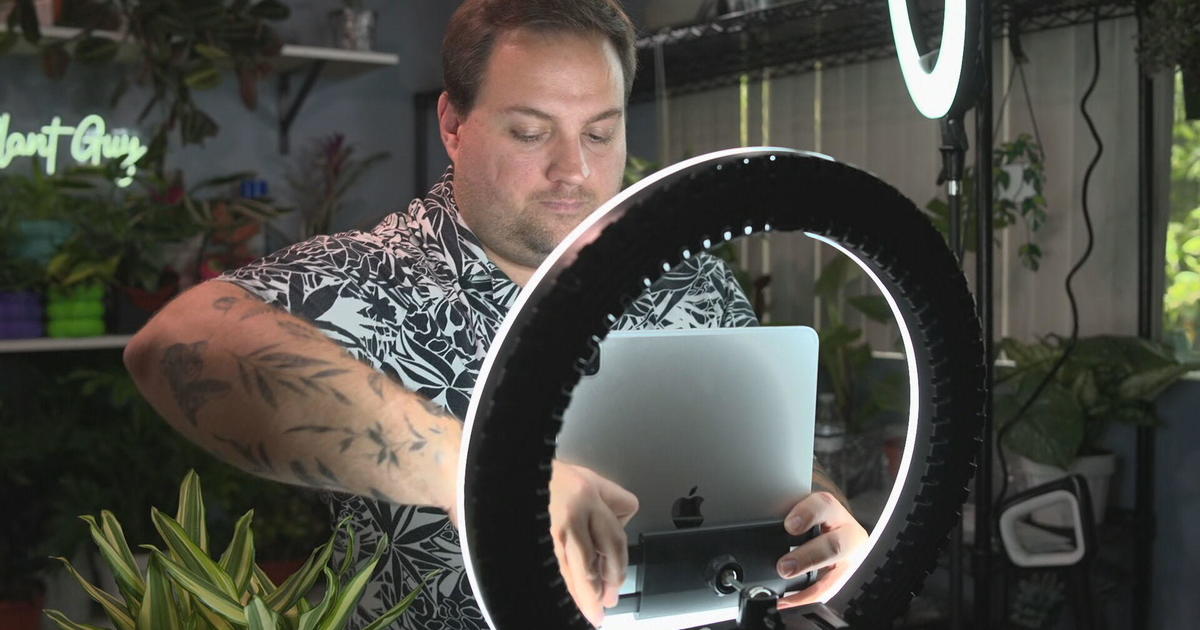Doctor explains how and when you should be wearing a face mask
Thomas Perls is a professor of medicine at Boston University.
The Centers for Disease Control and Prevention has changed its policy and is now advising everyone, whether or not they have symptoms of COVID-19, to cover their face with a mask or cloth covering whenever social distancing is difficult to maintain. To be clear, the CDC is not saying you should wear a mask wherever you go, but rather in places where people congregate, including grocery stores and public transportation and ride-shares.
The shift in recommendations reflects growing evidence that COVID-19 can be transmitted by a person's exhalations and normal speech but also the fact that people are not effectively covering their sneezes and coughs.
The stealth virus
COVID-19's middle name should be "stealth." People can be shedding virus for one to three days before showing any symptoms — including no coughing, sneezing or fever — in what's called "presymptomatic transmission." A Singapore study suggests that 10% of infections are attributable to presymptomatic spread.
A study of the 3,711 passengers and crew on the Diamond Princess cruise ship indicates that close to 1 in 5 COVID-19 carriers never develop symptoms. Some these people transmit the virus through "asymptomatic transmission." The proportion of infected people that never develop symptoms could be more like one-third for the general population that is younger and healthier than typical cruise takers.
The virus's ability to spread so easily from one person to the next is why people are being asked to physically distance themselves from one another. But people still have to go out to get essentials at places where people gather.
If a person is not coughing or sneezing, how are they spreading the virus? One way is by contact. The virus lives on the mucous membranes in the throat and nose. With people touching their faces every two-and-a-half minutes, on average it's easy to see how the virus gets on our hands, and then we can spread it to commonly used surfaces like door knobs, a plastic handle in the subway or someone else's hand. Steel and plastic surfaces can harbor live virus for three days.
The other manner of spread is by asymptomatic infected people simply breathing, talking, yelling or singing. These activities aerosolize virus, creating airborne virus particles — also called droplet nuclei — that are so tiny they can float around in the air for three hours. Coughing and sneezing produce larger water- and virus-borne droplets, as well as producing aerosolized virus.
Common medical devices, like nebulizer machines for people with asthma and CPAP machines for those with sleep apnea, can aerosolize virus. But the concentration of aerosolized virus will be small in a large well-ventilated space and practically absent outdoors. Infectious aerosolized virus becomes more of a concern in a place like a small, poorly ventilated room. Places like a patient's bedroom in their home, some nursing home rooms and a classroom would all be concerning to me as a physician. Hospital rooms are generally better ventilated.
Another key determinant of getting infected is the amount of time you are exposed — so your risk is much less with five minutes versus 30 or more minutes of exposure. People think about the danger of radiation exposure in very much the same way — how close you are to the source, the concentration of exposure and the amount of time you are exposed.
DIY and surgical masks may protect you and others
The purpose of all of us wearing face coverings or surgical masks anywhere people congregate is first and foremost to protect others if we sneeze or cough. These coverings will stop much of the large droplets that could otherwise reach people as far away as 18 feet away. Just-published research indicates that surgical masks can also decrease the amount of aerosolized virus the people produce by breathing and talking.
A big question is: Can these DIY or surgical masks also protect the wearer? The same research study shows these masks impede aerosolized virus being expelled out by the user so presumably they can decrease breathing in the virus as well. But they aren't foolproof. These coverings don't fit the face tightly, so aerosolized virus and larger droplets can be sucked in through the gaps between the face and the mask when we take a breath.
Additionally, some of the viral particles are so small that they can be inhaled through the cloth or paper that's used to make these masks. People should not be lulled into a false sense of security in thinking that these types of masks will protect them from airborne, aerosolized virus especially in poorly ventilated spaces frequented by others. The best thing to do is to either avoid such spaces or be in them for as short a period of time as possible.
The bottom line
The chance of catching COVID-19 from a person walking by outdoors is extremely small. Wearing face coverings is recommended and requested for when you are indoors, including mass transit and ride-shares, with other people.
Anywhere you go, maintain physical distancing of at least 6 feet with no bodily contact. If someone nearby sneezes or coughs and they aren't wearing a mask, get at least 20 feet away, quickly. When you do go out on an errand, wear a face covering and get your business done as fast as you can.
You don't need an N95 mask if you wear a face covering when you go out in a public indoor place or ride mass transit and practice good physical distancing. Health care workers have to care for their COVID-19 patients within very close distances for prolonged periods of time. If they don't have an N95 mask, the risk goes way up for them. If you have an N95 mask, please donate it to your local hospital or first responder.
This article is republished from The Conversation under a Creative Commons license. [You need to understand the coronavirus pandemic, and we can help. Read our newsletter.]



